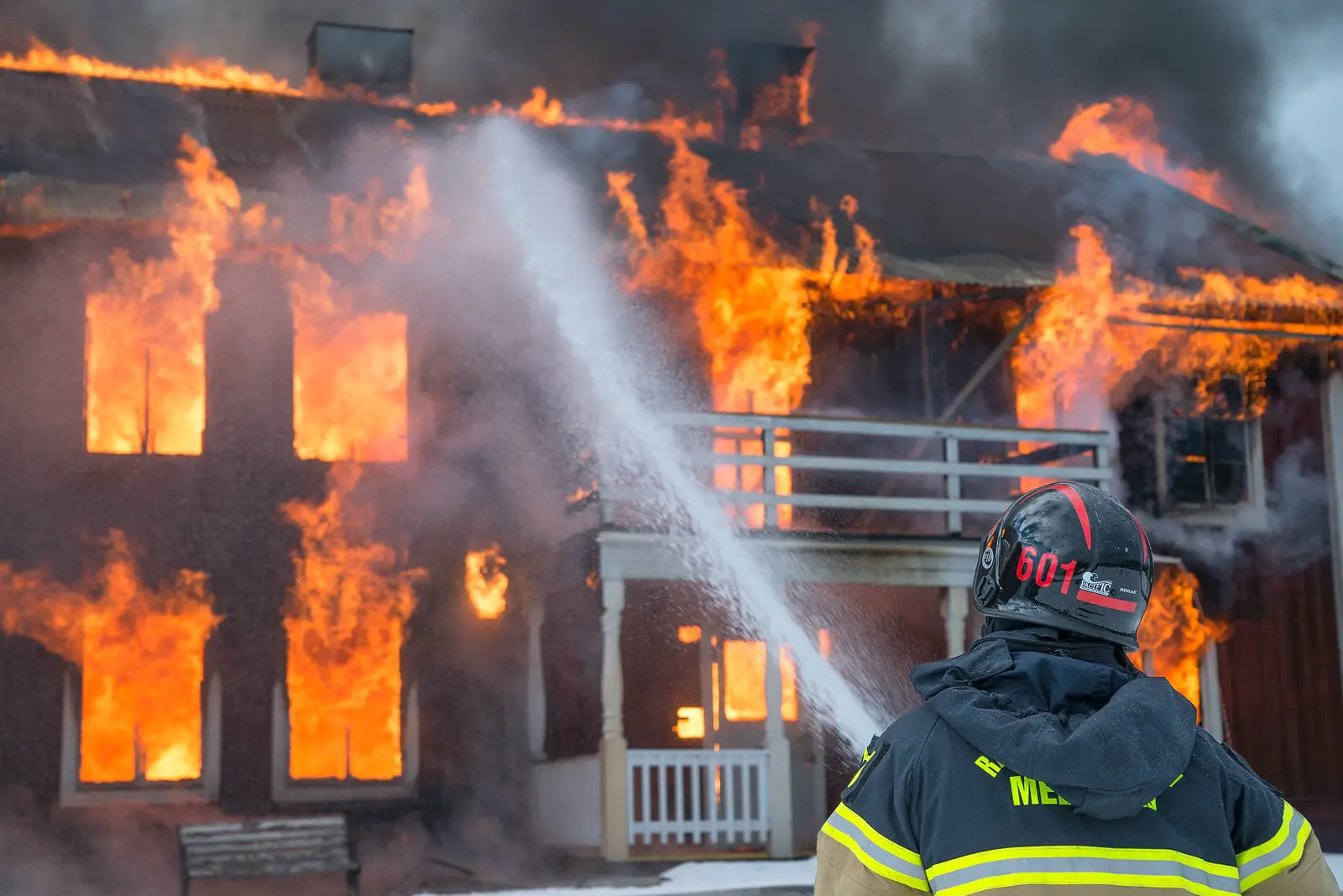Fire insurance provides both individuals and organisations with financial security and peace of mind, making it an essential defence against unanticipated calamities. To provide complete protection against fire-related damages, it is essential to comprehend the complexities of fire insurance, including its coverage specifics, application process, and related benefits.
Introduction to Fire Insurance
A financial tool called fire insurance is intended to offer protection against losses or damages brought on by fire events. Although they are sometimes a part of property insurance, standalone fire insurance policies concentrate especially on reducing losses brought on by fire-related catastrophes.
Understanding Fire Insurance Coverage
Types of Fire Insurance Policies
Different kinds of fire insurance plans, such as basic, comprehensive, and particular risks fire insurance, are available to meet different demands. Different levels of coverage and protection against fire-related damages are provided by each policy.
Coverage Details
Typically, fire insurance covers liabilities resulting from fire events as well as structural damage to properties, personal goods, and additional living expenses. But depending on the details and exclusions of the policy, the coverage can change.
Importance of Fire Insurance
Mitigating Financial Risks
A fire catastrophe might have disastrous financial effects. By paying for rebuilding or repair expenses, fire insurance acts as a safety net to reduce the financial burden on people or companies.
Protecting Assets
Fire insurance shields assets from large financial losses resulting from fire-related damages, including residential and commercial properties as well as personal possessions.
Factors Affecting Fire Insurance Premiums
The location of the property, the structure of the building, the presence of fire safety precautions, and previous fire accidents in the vicinity are some of the elements that affect fire insurance rates.
Property Location
Due to their heightened vulnerability, properties in high-risk locations that are prone to fire threats usually have higher premiums.
Building Structure and Materials
The building's architectural style and construction materials have a big influence on insurance costs.
Fire Safety Measures
Insurance rates may go down if fire safety equipment is installed, such as sprinkler systems, fire extinguishers, and smoke detectors.
Steps to Obtain Fire Insurance
Finding reliable insurance companies, determining the amount of coverage required, comprehending the terms of the policy, and completing the application are all necessary steps in obtaining fire insurance.
Researching Insurance Providers
Comparing policies, coverage, and premiums from different insurance providers enables one to make an informed choice.
Assessing Coverage Needs
Determining the required coverage is aided by assessing the risks and value of the property.
Policy Application Process
Providing correct information, supporting documentation, and premium payment are necessary to complete the application process.
Common Exclusions in Fire Insurance
Although a broad range of fire-related damages are covered by fire insurance, ordinary plans may not cover some exclusions, such as deliberate fires and natural disasters.
Intentional Fires
Fire insurance coverage might not cover intentional acts of arson or fires started by illicit activity.
Natural Calamities
Natural disaster-related fire incidents, such as earthquakes or floods, may not be covered by regular fire insurance.
Claim Process in Fire Insurance
The key to a successful claims settlement in the event of a fire incident is early reporting, thorough documentation of damages, and careful adherence to the claims procedure.
Reporting a Fire Incident
It is essential to notify the insurance company of the fire occurrence right away in order to start the claims procedure.
Documentation and Evidence
Complete documentation speeds up the settlement procedure and supports the claim. Examples of this paperwork include receipts, photos, and witness accounts.
Claims Settlement
The insurance company evaluates the claim and settles it in accordance with the terms and coverage of the policy after receiving the necessary paperwork.
Fire Insurance for Homeowners
In the event of a fire, homeowners can take advantage of specially designed fire insurance policies that provide coverage for the building, personal property, and additional living expenses.
Tailored Policies
Tailored insurance provide extensive coverage tailored to individual homeowner requirements.
Coverage for Personal Belongings
Generally, coverage for replacing or repairing damaged personal property within the insured premises is extended by fire insurance.
Fire Insurance for Businesses
Companies require comprehensive fire insurance that covers equipment, inventory, commercial buildings, and potential losses due to business interruption.
Commercial Property Coverage
Business property insurance protects against physical asset damage caused by fire.
Business Interruption Insurance
Coverage for business interruption makes up for missed earnings while recovering from fire-related damages.
Advantages of Having Fire Insurance
Peace of Mind
It eases tension during unplanned situations to know that your valuables are safeguarded against fire catastrophes.
Financial Security
Fire insurance reduces the cost of reconstruction or repair following a fire, providing financial security.
Tips for Lowering Fire Insurance Premiums
Insurance premiums may be lowered by putting fire safety measures into place and doing risk assessments.
Installing Safety Equipment
By lowering the likelihood of significant fire damage, installing sprinkler systems, fire extinguishers, and fire alarms can reduce insurance premiums.
Risk Assessment and Prevention
Mitigating possible damages is aided by regular evaluations of fire hazards and the implementation of preventive measures.
Fire Insurance and Legal Compliance
Maintaining compliance with fire insurance necessitates following legal regulations and making sure that policies are updated and renewed.
Meeting Regulatory Requirements
Maintaining compliance and continuity of insurance coverage is ensured by keeping up with local fire safety rules.


No comments yet